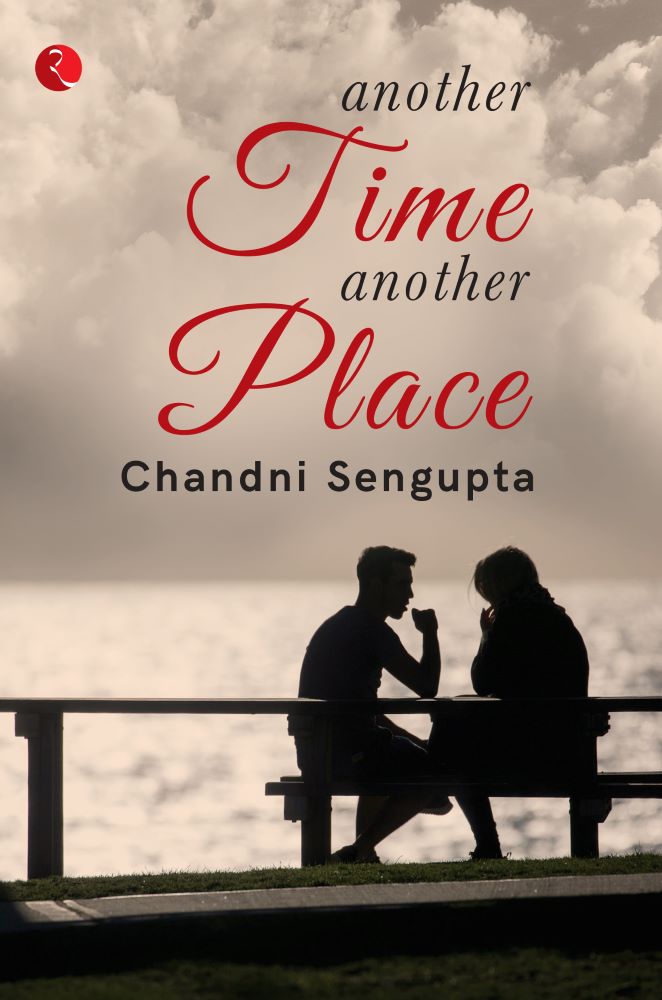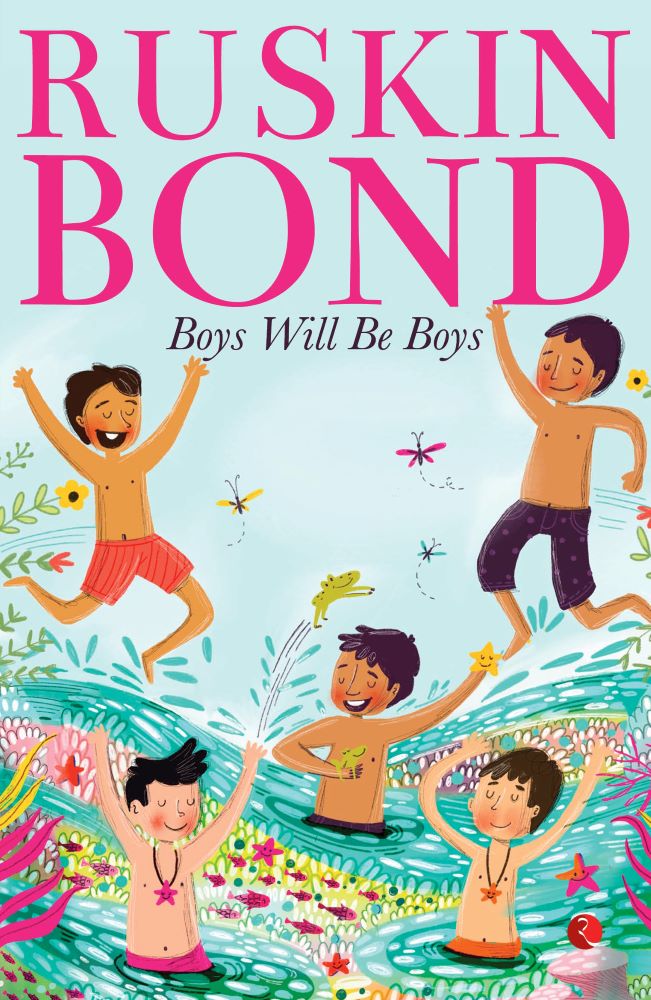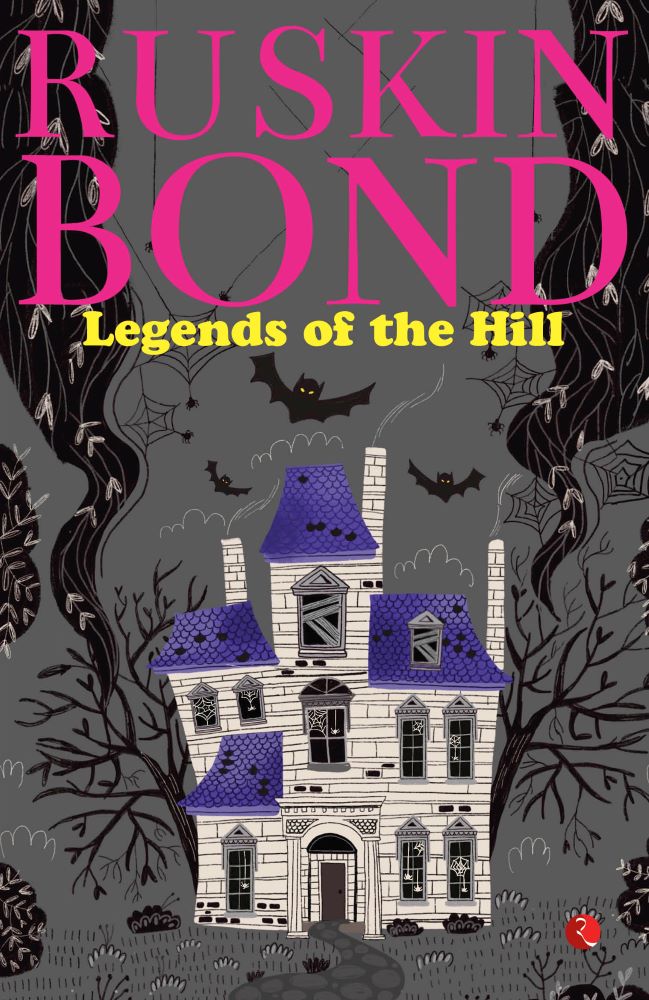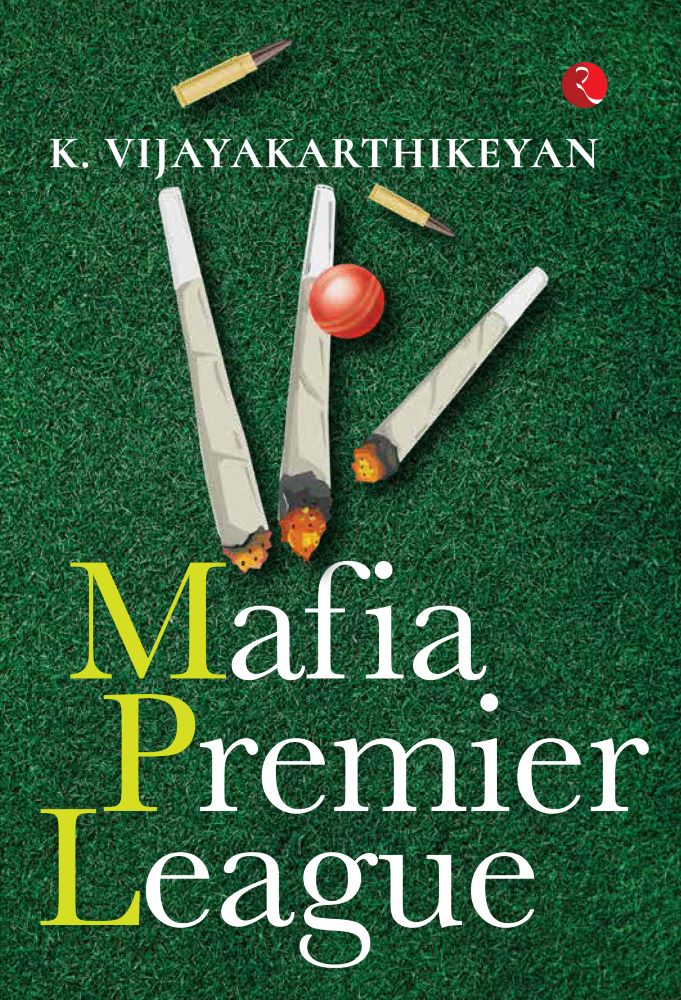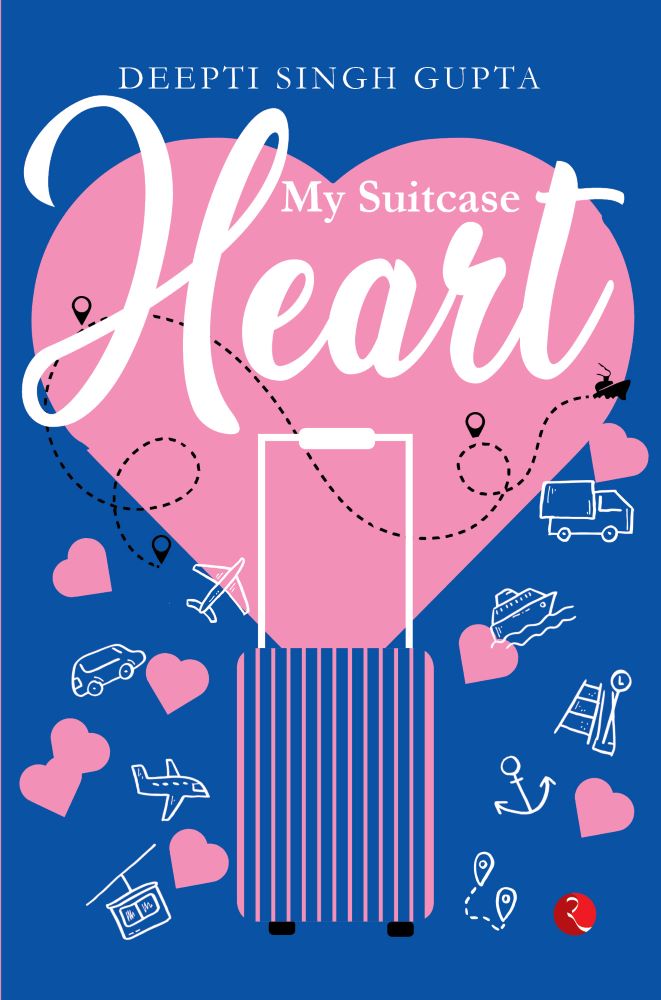Fiction
Featured Products
QUEST FOR A STABLE AFGHANISTAN: A VIEW FROM GROUND ZERO
₹529.55
M.R.P.:₹ 595.00
You Save: ₹65.45 (11.00% OFF)
Rising to the China Challenge winning through strategic patience and economic growth
₹523.60
M.R.P.:₹ 595.00
You Save: ₹71.40 (12.00% OFF)
Tagore & Gandhi : Walking Alone Walking Together
₹664.05
M.R.P.:₹ 699.00
You Save: ₹34.95 (5.00% OFF)




